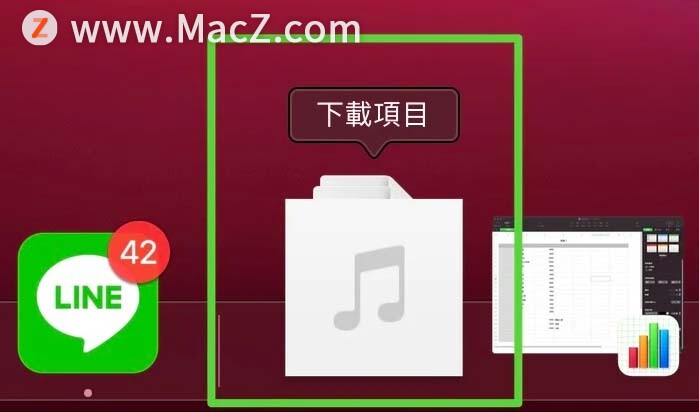

- #MAC COMMAND LINE 查看当前路径的文件 PDF#
- #MAC COMMAND LINE 查看当前路径的文件 UPDATE#
- #MAC COMMAND LINE 查看当前路径的文件 PRO#
SyncoveryService.exe will run the job in a separate thread rather than in the main process thread, in the same way the scheduler starts background jobs when the option “Start profiles in parallel” is chosen.Īllows you to specify a left path that is different from the one stored with the profile.Īllows you to override the profile’s right path.Īllows you to override the profile’s inclusion masks, or simply specify one or more files to copy.Īllows you to override the profile’s exclusion masks.

It takes the same parameters that you see on this page. You could use it there directly, or copy it to a more convenient location. It is contained in the Contents/MacOS folder inside the Syncovery.app bundle. In addition, you can use the new Syncover圜L command line tool. Syncovery.app -args /RUNX=”Profil Name” /U On Mac, you can use the command line parameters in a shell script like in this example: M = minimized (not relevant for Syncover圜L) S = silent (not relevant for Syncover圜L) T = run multiple jobs in threads the process will also accept additional jobs from the scheduler Useful command line parameters to control how a job is run:
#MAC COMMAND LINE 查看当前路径的文件 PRO#
The following video applies to VMware Workstation Pro and VMware Workstation Player™, describing what is new in Workstation 14 Pro and Workstation 14 Player.You can run, create, edit, rename and delete profiles via command line.

OVF (Open Virtualization Format) Resources Guest Operating System Installation Guide To view or ask questions about Workstation Pro, visit the VMware Workstation Pro Community. If you want to learn more about Workstation Pro, visit the Workstation Pro product page. With VMware Workstation Pro, you can run multiple operating systems simultaneously on the same PC, create powerful virtual machines to run the most demanding applications, and create restricted virtual machines that can expire.
#MAC COMMAND LINE 查看当前路径的文件 PDF#
All our documentation comes in PDF format, which you can access by selecting the PDF download icon while reading a page or viewing a search result. For example, version 14 contains all the updates for 14.x releases.
#MAC COMMAND LINE 查看当前路径的文件 UPDATE#
We update the online documentation with the latest point release information. Use the navigation on the left to browse through documentation for your release of VMware Workstation Pro. Welcome to VMware Workstation Pro™ documentation.


 0 kommentar(er)
0 kommentar(er)
